The Four Types of Fashion Photography
Fashion photography is a popular photography genre, but it’s also extremely competitive. Understanding the various types of fashion photography can provide you with the edge you need to understand the field and impress potential clients with your images.
In a nutshell, the different types of fashion photography are:
- Catalog Photography
- High Fashion
- Street Fashion
- Editorial Fashion
However, as with any genre, each style has its own nuances. Here’s a breakdown of the four styles and some of their nuances:
Catalog Photography
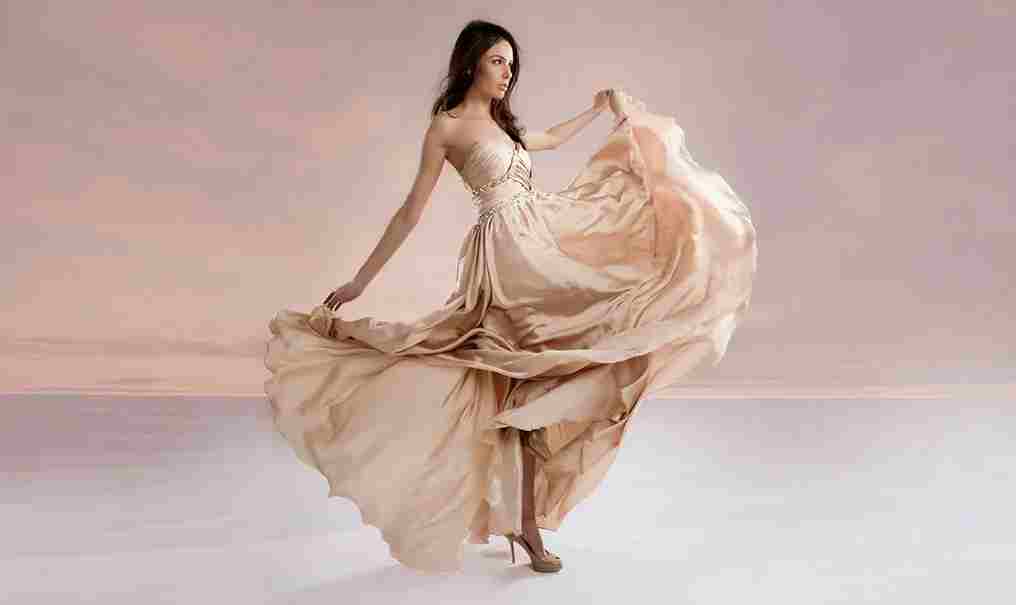
Catalog photography is the most basic of the four fashion photography styles. Its goal is to sell clothing, and the emphasis is on the outfit. It is frequently a good place to start in the field of fashion photography before moving on to other styles.
Catalog photography is, in fact, a subset of product photography. The presence of a model is the only real difference between catalog photography and product photography. Nonetheless, the emphasis remains on the clothes.
The backgrounds of the photos are usually plain–the most common colors are white and grey. There are few props and few accessories. The models typically stand up straight to show off the outfit, though they may strike different poses to highlight features such as pockets.
The lighting is usually the most difficult issue for the photographer when shooting this type of fashion photography. You want to use lighting that brings out the details of the clothing without washing out the colors. It’s best to avoid using indoor lights or shooting at night for this.
Lookbook is a subset of catalog photography. It combines catalog photography with lifestyle photography, and it entails photographing models wearing the clothes in authentic settings and situations.
High Fashion Photography
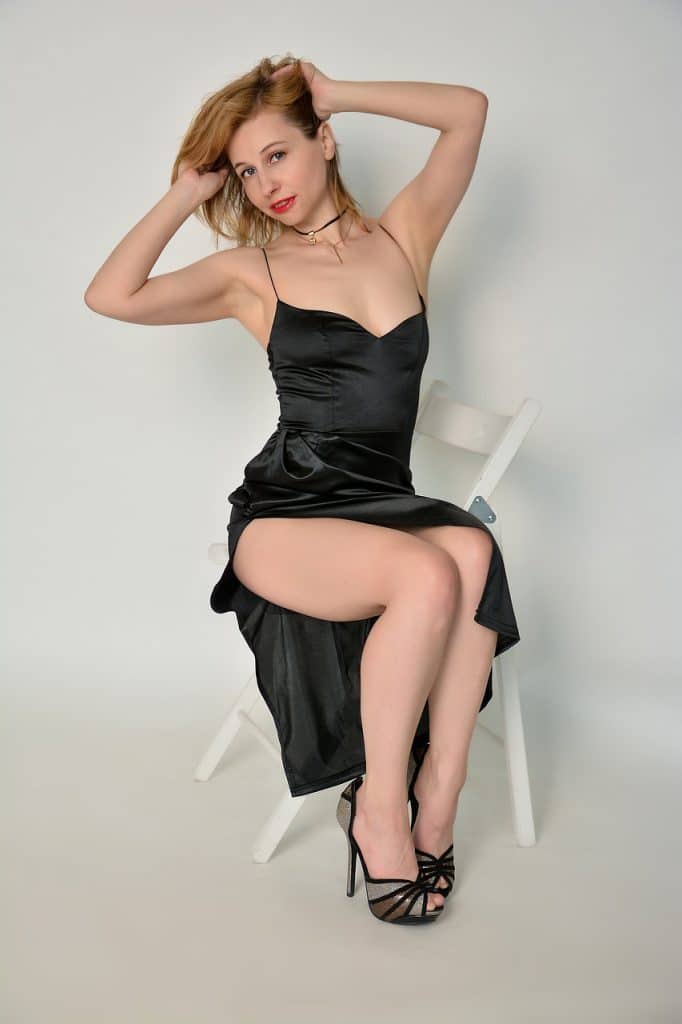
People frequently see high fashion on the covers of their favorite magazines. However, from the perspective of the photographer, high fashion entails well-known supermodels in often exaggerated poses, a sometimes unrealistic wardrobe, and all elements, including hairstyles and location, blended to create a flawless image.
However, achieving that flawless image is a significant challenge. You’re constantly faced with difficult decisions about location, lighting, models, wardrobe, hair, and other details. Even if much of it has been decided for you, you must still put it together so that it appears glamorous and appealing.
One of the first things you should do is think about the mood you want to convey with the shoot. You don’t have to be too specific, and you don’t have to stick with it if inspiration takes you somewhere else, but it’s a good place to begin.
You’ll also need a suitable model for your shoot. You want someone who has the experience, but also someone who will work with you to create the mood you desire. You’ll need a good team in addition to the model.
You’ll need people who are both responsible and talented. Professionals in makeup, wardrobe, and hair styling are required. It also helps if they share your vision for the shoot and your appreciation for the art of photography in general.
If you have a choice of location, think about the mood you want to create once more. There are also practical considerations, such as whether you need a permit for your location, and whether you need permission if it is indoors.
And then there’s the gear. You will require lighting equipment as well as a good camera. You’ll want a lightweight camera with a long battery life and features that aid in low-light situations. You’ll also need a variety of lenses for different types of images.
Street Fashion Photography
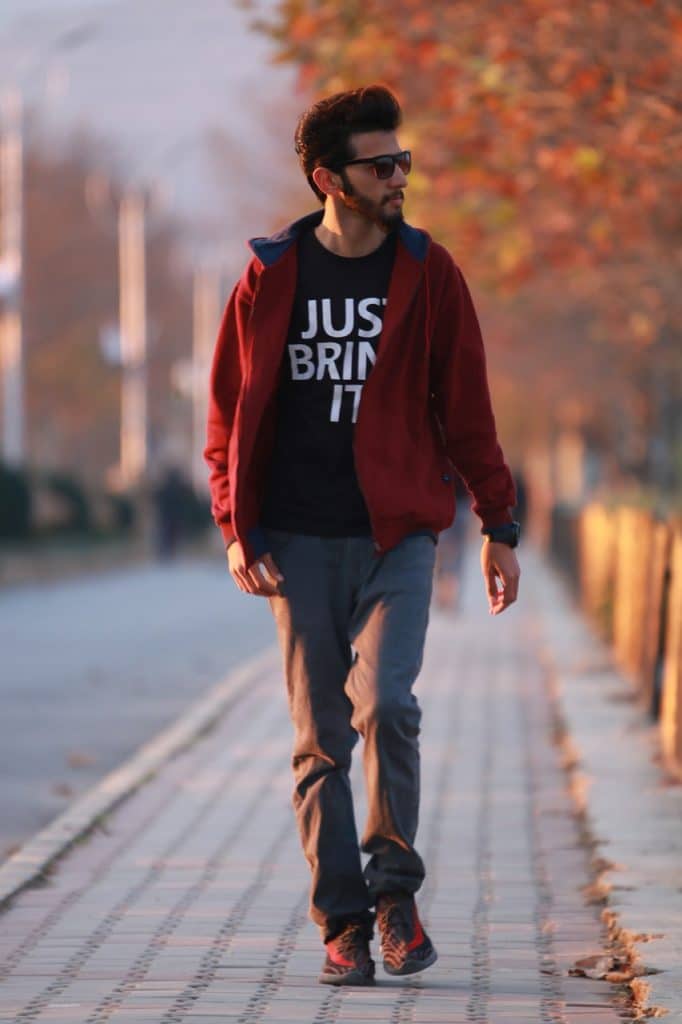
Street fashion, also known as urban fashion, is frequently regarded as the polar opposite of high fashion. Alternative fashion is an offshoot of street fashion–grunge and hip-hop are two examples that later became mainstream street fashion styles.
The looks of street fashion are more rugged than those of high fashion. It consists of everyday clothing items such as jeans, shirts, and hoodies. It also includes dresses that appear elegant while remaining comfortable.
Photographers who specialize in this style frequently photograph ordinary people on the street as opposed to models. However, you must exercise caution when obtaining permission to photograph people on the street. As several street fashion photographers can attest, the rules aren’t always clear.
Most of the time, it’s not just about what a person is wearing; it’s also about their expression, how confident they appear, the light, and how what they’re wearing accents their attitude.
Most photographers use a longer lens to capture street fashion shots. They can take photos from a distance this way without making people feel self-conscious about the shoot. Street fashion demonstrates that some of the best fashion trends are all around you!
Editorial Fashion Photography
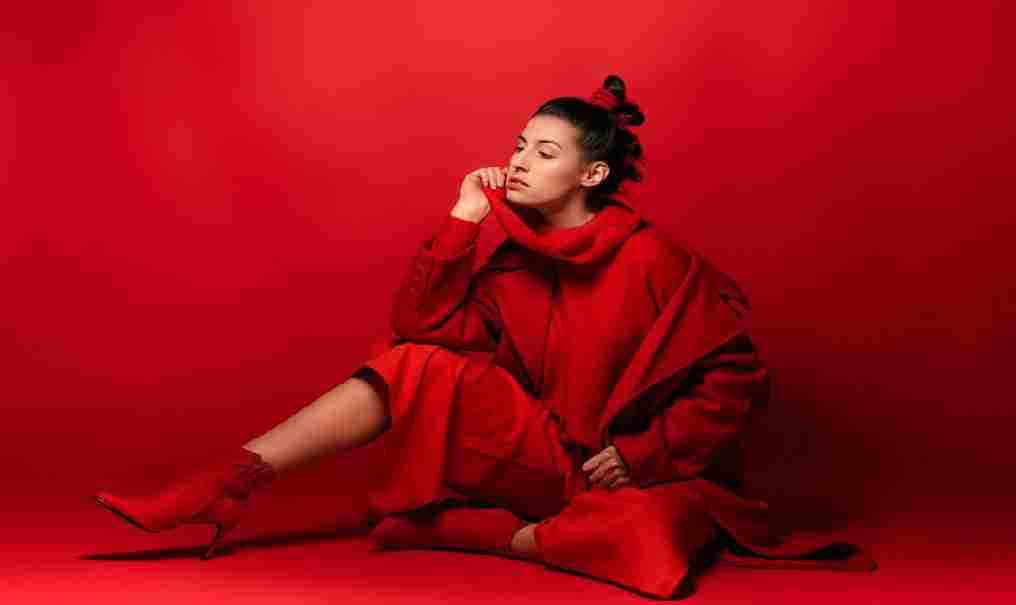
This is narrative fashion photography. Editorial fashion photography can be found in magazines and newspapers. The images are usually accompanied by text, which can cover a wide range of topics.
Editorial fashion photographs can also tell the story or hint at an intriguing backstory. Often, editorial fashion images will be part of a theme or concept, or they may be related to a specific designer or model.
The goal is to create a mood that tells the story. These images may include one or more brands, as well as a variety of photographic styles ranging from close-ups to long-distance shots.
That means there will most likely be a variety of shots that will necessitate different equipment as well as different makeup, wardrobe, and hairstyles on your models. There will also most likely be a variety of props.
Despite the difficulties, editorial photography can be one of the more rewarding fashion photography styles due to the freedom it provides.
If you’re thinking about pursuing fashion photography as a career, these four styles can help you get a sense of the various options available. Of course, you’ll need the proper equipment, as with any genre, but once you have that, there are a variety of styles to choose from. Ultimately, it comes down to deciding which style best suits your needs and desires.
Catalog photography can be your bread and butter while you pursue something with more creative freedom, such as editorial photography. Perhaps supermodels from the world of high fashion are more your style. If not, it could be real-life images of people on the street. In any case, the world of fashion photography, while challenging, can be extremeely rewarding.
Note: If you want to make some adjustments to the photo just let me know. I can do it for you at a very low cost. You can hire me to edit your photo.
Latest post
- What is CashKaro and How to use CashKaro cashback app?
 Discover CashKaro and transform your online shopping! Learn how to earn cashback effortlessly with the CashKaro app. Start enjoying discounts today!
Discover CashKaro and transform your online shopping! Learn how to earn cashback effortlessly with the CashKaro app. Start enjoying discounts today! - How to Make a Graphical Abstract?
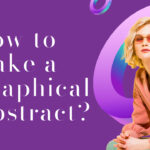 Elevate your research presentation with our guide to crafting compelling graphical abstracts. Discover essential tips on visuals, clarity, and effective design.
Elevate your research presentation with our guide to crafting compelling graphical abstracts. Discover essential tips on visuals, clarity, and effective design. - Best AI tools for Facebook AdsIf you’re seeking to improve your Facebook advertising strategies, Birch or Revealbot, AdEspresso by Hootsuite, and Zalster are exceptional AI tools that enhance efficiency and maximize ad performance.
- Photo Editing MistakesExcessive editing, Oversaturating colors, Blurred images, Too much HDR and Overdoing filters and effects are some of the top photo editing mistakes to avoid for crafting stunning pictures.
- Best AI tools for lead generationExplore Customers.ai, Instantly, Seamless.AI, and LeadIQ are some of the best AI tools for lead generation as they provide you with client’s details for closing deals. Uncover its key features, affordable pricing, and customer reviews.










